Sometimes your hair loves to test your patience. You avoid heat styling tools, sleep on a satin pillow case, or even put braid when you go out, and it still feels dry, stiff, or flat. You can almost hear it saying, ‘Nice try, but I’ll do my own thing!’ and you know nothing in the world will convince it otherwise.
Yes, we know that struggle - that’s what living with low porosity hair often feels like. But nothing to worry about! It just means your hair is resistant to water and haircare products, so they have a hard time penetrating it.
We’re here to share the best low porosity hair care tips that can turn your hair into a soft, hydrated, and healthy one that actually listens to you. Get comfortable on your couch and keep scrolling!
What is the meaning of low porosity hair?
It is resistant to absorbing and retaining moisture.
The cuticles are tightly packed, so oils, shampoo, conditioner, and hair masks cannot properly penetrate the hair shaft. That’s why you may feel like nothing works for you. Still not sure if you have it? Here are some signs to look for:
Symptoms of low porosity hair
- Hair takes a long time to get wet.
- Water rolls off instead of soaking in.
- Oils or conditioners feel sticky or sit on the hair.
- Product buildup on the scalp or strands.
- Hair feels dry or stiff even after moisturising.
- Slow drying time.
If you recognise most of these, we would like to recommend the best low porosity hair care routine for you.
Best low porosity hair care routine
Low porosity hair needs a routine that helps moisture get in, not sit on top. With the right steps, your hair stays soft, hydrated, and manageable every day.
1. Gentle cleansing
Shampooing isn’t just about clearing dirt. It’s also about getting rid of product buildup that prevents moisture from absorbing.
Which shampoo is best for you?
The best shampoo for low porosity hair is a gentle, water-based one like the Goat Milk Shampoo. It is packed with natural ingredients like goat milk, ceramides, and pea protein to nourish, strengthen, and repair your strands.
And the best part? It is free from sulfates, parabens, and synthetic dyes.
How to use it?
Step 1: Wet your scalp and hair with lukewarm water to slightly open the cuticles.
Step 2: Take a few drops of shampoo, add water, and create a lather.
Step 3: Massage into your scalp and hair.
Step 4: Rinse well with cold water to close the cuticles.
Pro tip: You don’t need to shampoo every day. Once or twice a week is perfect.
2. Intense nourishment
Think of a hair mask for low porosity hair as a mini spa day… right in your home!
Which mask is best for you?
If you’ve used the Goat Milk Shampoo, the Goat Milk Hair Mask could be the right follow-up. It is made with pure goat milk, ceramides, and marine seaweed that helps retain moisture, protect from damage, and add natural shine to your strands.
How to use it?
Step 1: After shampooing, take a generous amount of the mask in your hands.
Step 2: Apply it to your damp hair from roots to tips.
Step 3: Leave it on for at least 10 minutes, then wash it off.
Bonus: It can also double as a styling cream!
Pro tip: Curly-haired friends, you can use it as a leave-in mask (it defines curls beautifully). Use it twice a week for the best results.
3. Deep conditioning
You need a rich, lightweight, and hydrating conditioner (nothing less!). Use it after the mask if you want extra smoothness or easier detangling.
Which conditioner is best for you?
We suggest trying Vilvah’s Cream Conditioner for low porosity hair. Your hair would love its tucuma butter, broccoli oil, and jasmine extract, wouldn’t it? They deeply moisturise, strengthen, and effectively protect against breakage. No harsh chemicals. Just plant-derived goodness.
How to use it?
Step 1: Apply to wet hair and gently detangle the strands.
Step 2: Leave it on for 10 to 15 minutes.
Step 3: Rinse thoroughly.
Pro tip: For best results, use it once or twice a week.
4. Hold onto the moisture
Natural oils for low porosity hair can make a big difference helping your strands stay soft, hydrated, and protected from the dryness and frizz they often struggle with.
Which oil is best for you?
If you want a non-sticky, fast-absorbing oil that won’t weigh your hair down, try Vilvah’s Hair Growth Oil. Made with 7 natural oils like pumpkin seed oil, kalonji oil, and castor oil, it helps reduce hair fall, encourages new hair growth, and improves overall hair health.
How to use it?
Step 1: Take a few drops in your palm.
Step 2: Flip your hair down and massage it gently into your scalp and strands.
This inversion method of oiling boosts blood circulation.
Pro tip: Use it twice a week.
Ready for smooth, moisturised, and healthy hair?
Alright, now that you know how to take care of your low porosity hair, it might give you a cheeky side eye. But don’t wait - start pampering, loving, and caring for it with the natural hair care products from Vilvah Store Online. Prefer shopping offline? Visit your nearest Vilvah store!
FAQs
1. Is coconut oil good for low porosity hair?
Coconut oil is usually not the best for low porosity hair. Its thick texture struggles to enter tightly packed cuticles and can sit on top, causing buildup. Lighter oils like argan or jojoba absorb better and keep the hair healthy without weighing it down.
2. How to take care of low porosity hair?
Low porosity hair needs warmth and lightweight moisture. Use warm water to open the cuticle, choose water-based products, avoid heavy oils, and deep condition with heat. Gentle care helps the hair feel softer and absorb hydration better.
3. What are the best tips for low porosity hair?
Use lightweight leave-ins, avoid product buildup, clarify regularly, and apply heat during conditioning. Keeping the routine simple and moisture-focused helps the hair stay smooth, manageable, and nourished.
4. What are the characteristics of low porosity hair?
Low porosity hair repels water, takes longer to soak products, dries slowly, and often feels stiff or coated when overloaded. The cuticles lie flat and tightly packed, making hydration harder to absorb without warmth.
5. How to dry low porosity hair?
Low porosity hair dries slowly, so gently squeeze out water with a soft cotton towel or T-shirt, never rub. Let it air-dry partially, then use a blow dryer on low heat to avoid frizz and help the cuticle open slightly. This keeps your hair smooth, healthy, and full of natural bounce.


 Track Order
Track Order

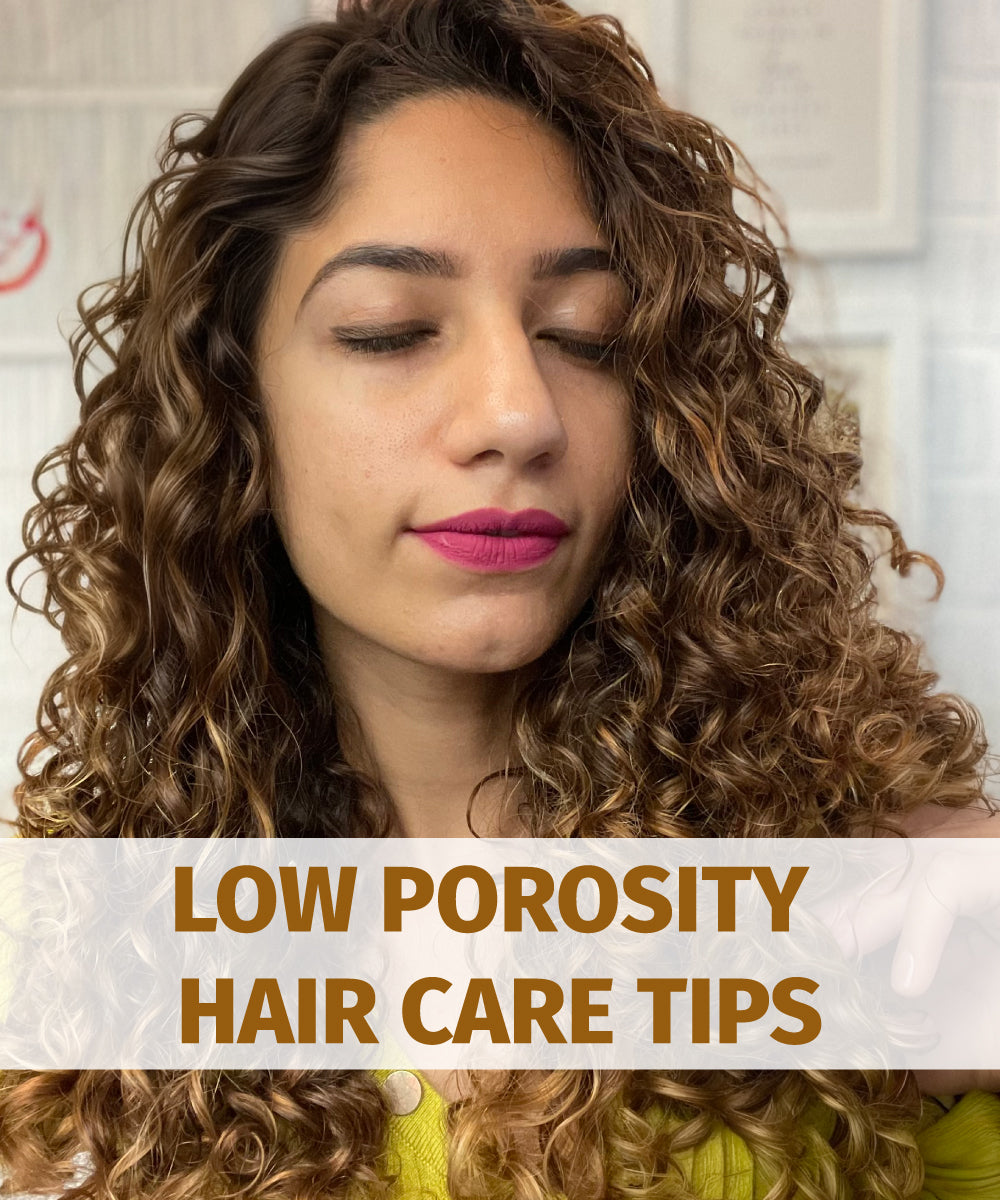



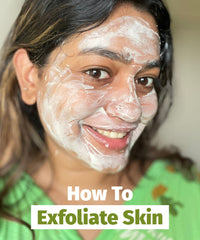


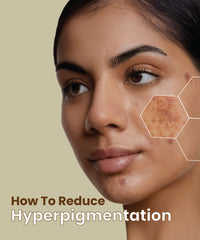
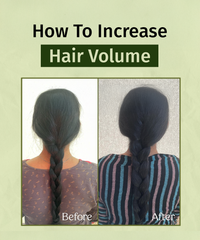
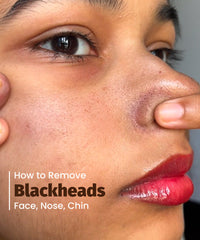
Leave a comment
All comments are moderated before being published.
This site is protected by hCaptcha and the hCaptcha Privacy Policy and Terms of Service apply.